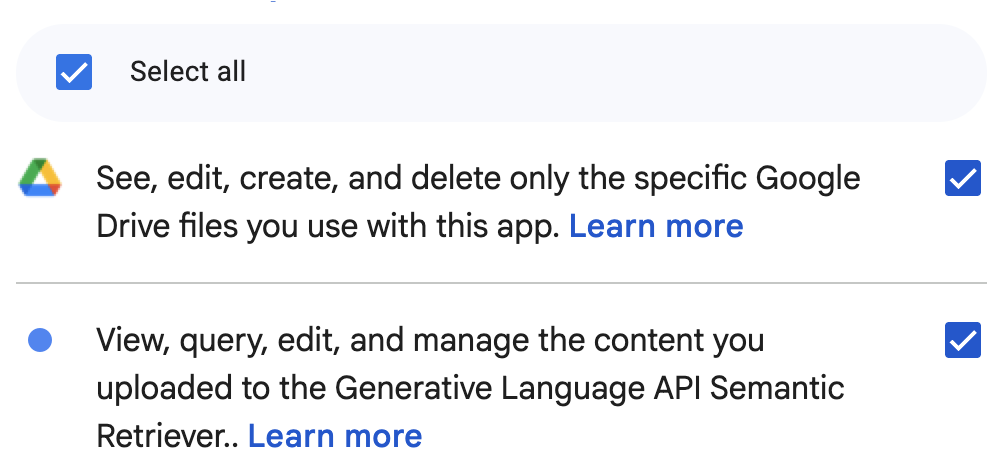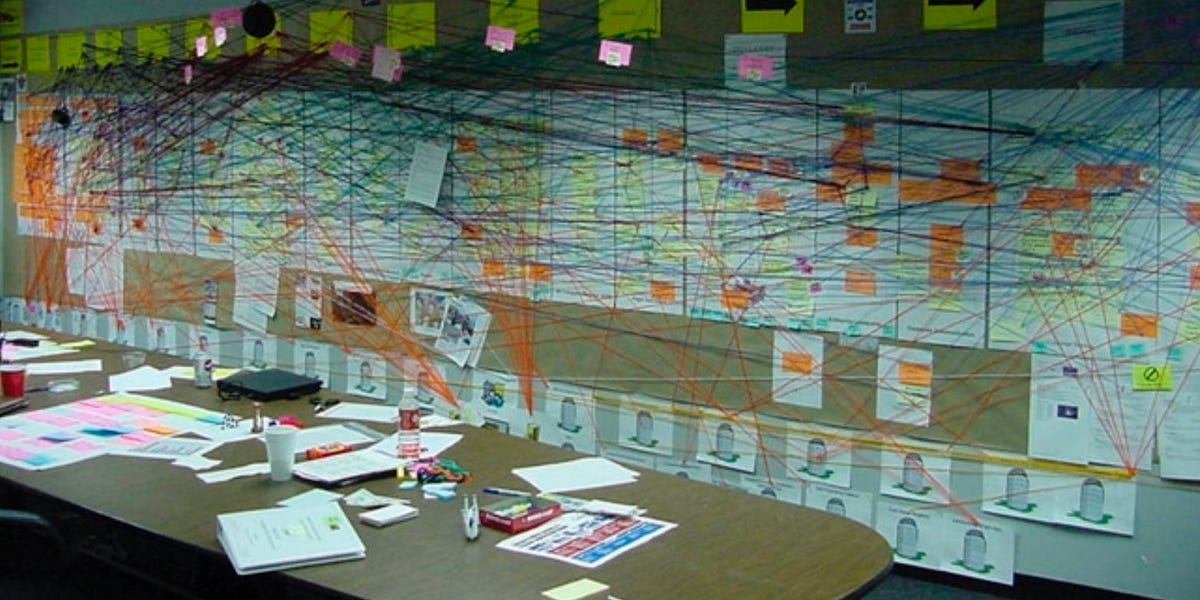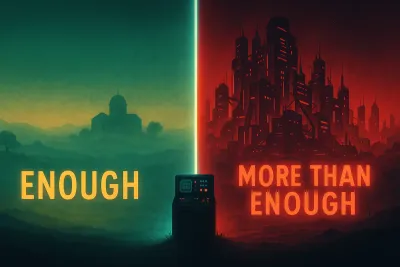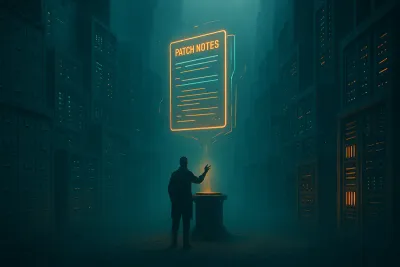The proposal that wasn’t

"Bureaucracy is the art of making the possible impossible." Javier Pascual Salcedo
Previously at the Volcano Base I was thinking about Ideal Customer Problems rather than Profiles.
Since then, frankly, there has been a lot of painting to get the house ready for sale. Should be on the market next week, so I'm looking for somewhere near the sea in sunny Folkestone. <sigh>
Mission Briefing
The proposal that wasn’t
Once upon a pitch, back in the land of Pret nibbles and war-room whiteboards, the agency ritual began like a pagan ceremony to the gods of procurement. A client would issue a sacred brief, often as clear and actionable as a riddle from a sleep-deprived sphinx, and the agency, in turn, would summon its pantheon of strategists, creatives, and digital mystics to solve it.
We'd stick Post-its on walls like we were trying to summon an idea by overwhelming the gods with stationery. We'd build decks so vast and intricate they could be mistaken for the schematics of a new space station. We'd rehearse presentations like actors prepping for their West End debut, only to deliver them to a room of expressionless stakeholders trained in the ancient art of studiously-not-reacting (SNR™).
That was “the way.” Everyone did it. Which is often the first red flag in any creative process.
These days, I don’t really do proposals. At least not in the ceremonial sense. Not because I’ve gone feral (though my tolerance for business theatre has definitely eroded), but because I’ve discovered something oddly effective: conversations.
Most clients don’t know what’s possible, especially with AI and automation. So instead of asking them to define the destination with perfect clarity, I help redraw the map. We talk. A lot. About problems. Possibilities. Patterns they’ve noticed. Ghosts in the machine. Skeletons in the closet (why always there?) Then I show them a few things to widen the aperture: mockups, automations, weird little prototypes cobbled together with string and Blu Tack.
And then, together, we create a scope.
Not a scroll sealed in wax, but a shared doc that mutates as we speak. A live artefact. An imperfect breathing thing (much like us). It usually ends up as a single page that says:
- Here’s what we think is going on
- Here’s what we’re going to try
- Here’s what it might cost
- Here’s when it might be done
If they’re up for it, we sign contracts and off we go.
No pitch decks. No theatre. Just mutual clarity and a shared appetite for faff-less progress.
So far, it’s working. Possibly because reality tends to be slightly more cooperative when you’re not trying to impress it with a 70-slide deck full of animated transitions.
Classified Intel
Some interesting stuff I discovered on my adventures.
Shortcut.ai – Superhuman Excel Agent
Shortcut, an AI-powered assistant, transforms Excel into a responsive sidekick, filling formulas, predicting your next move, and automating grids just by being a bit smarter than a macro.
Why it matters: Useful for anyone who’d rather describe a spreadsheet in plain English than memorise dozens of hotkey combos.
Google’s Opal – No code automation contender

Opal is Google Labs’ freshly launched no-code tool that turns natural language prompts into mini-apps. It builds, visualises, and edits workflows in a card‑based visual editor. No code required. Currently in beta.
Why it matters: A practical peek at how the next generation of tools lets clients build prototypes with words, not wireframes.
The Bitter Lesson vs. The Garbage Can – Process vs Outcome in AI Strategy

Ethan Mollick explores two organisational metaphors: one says AI trumps human-crafted processes (the Bitter Lesson), the other suggests companies are chaotic ‘garbage cans’ full of ad hoc decisions.
Why it matters: This framing helps us ask: safe to skip mapping every nuance or is that chaos a feature not a bug? Perfect for people rethinking messy workflows.
Your data is not shared. Unsubscribe with 1 click.











Member discussion